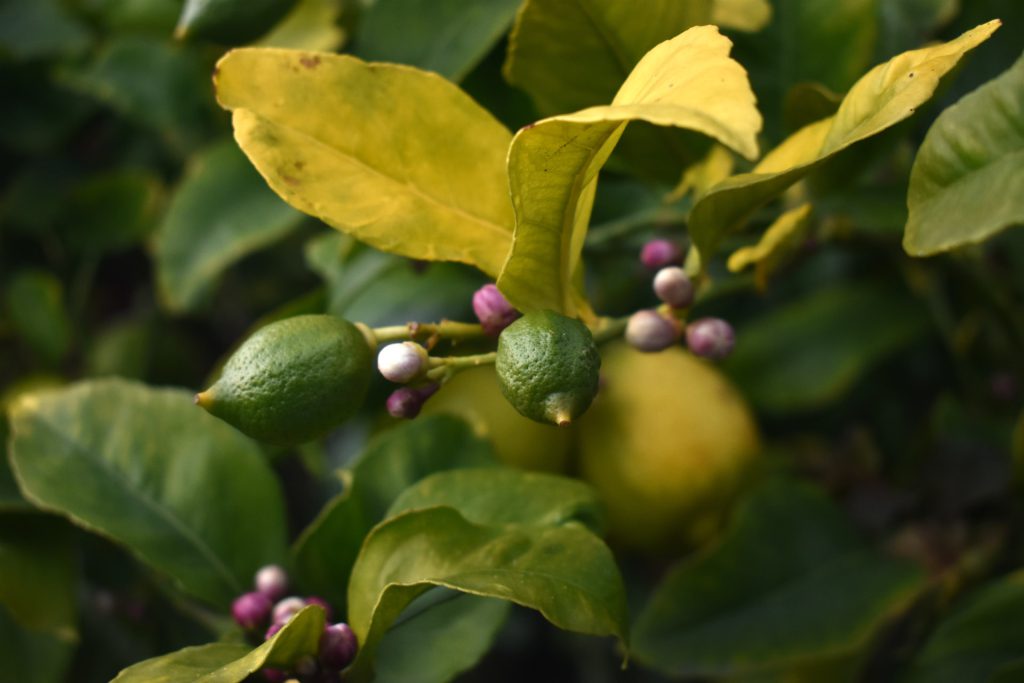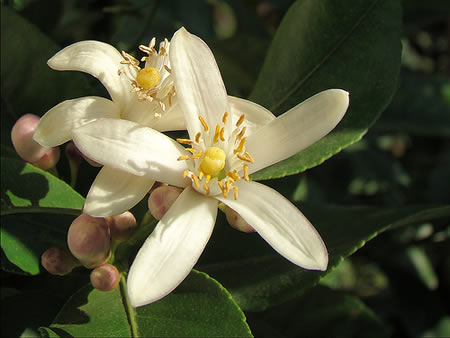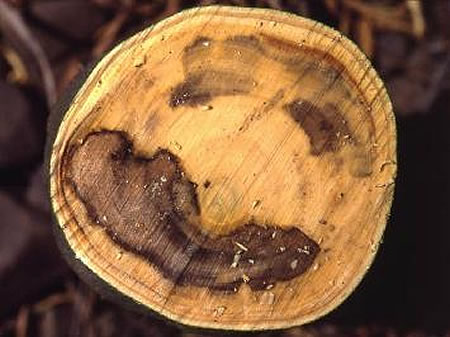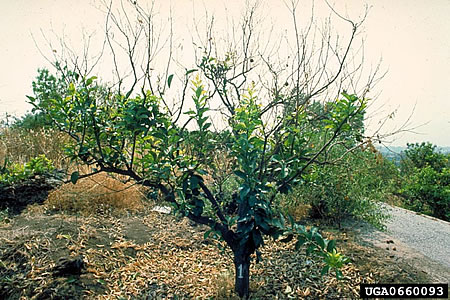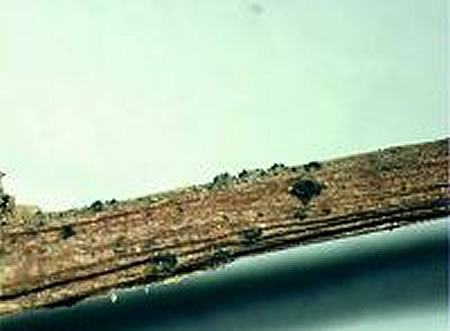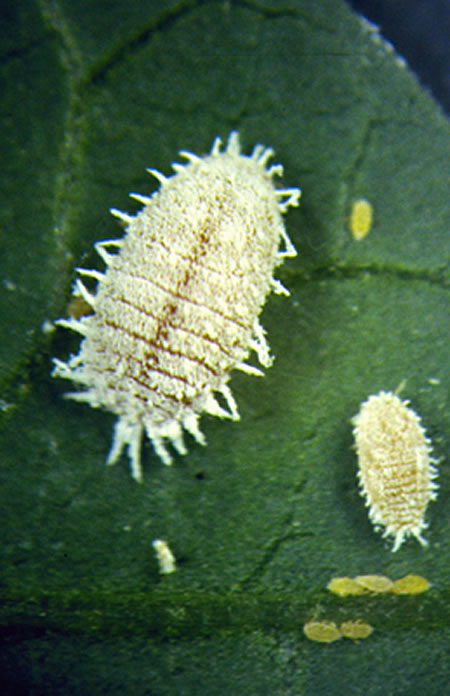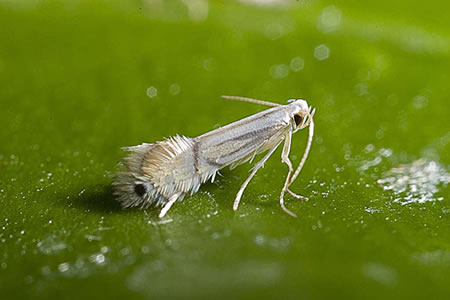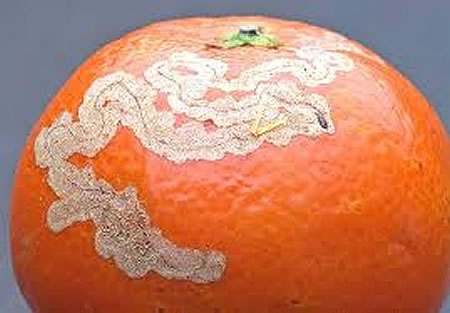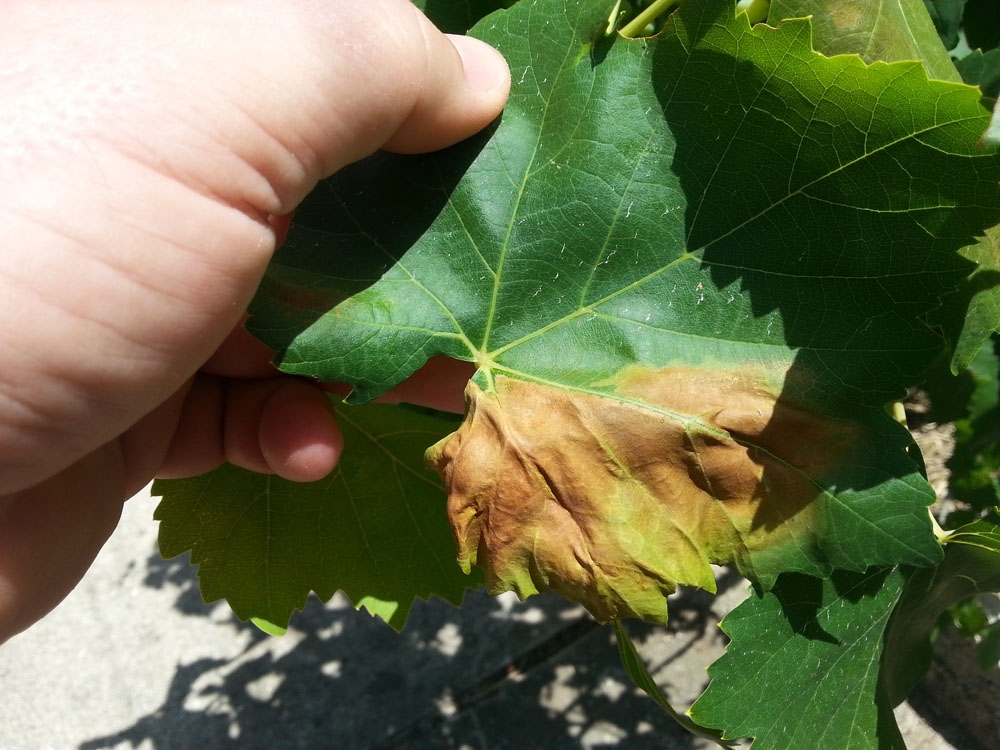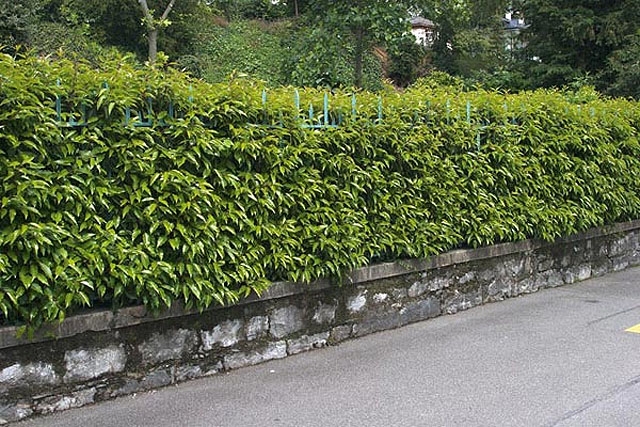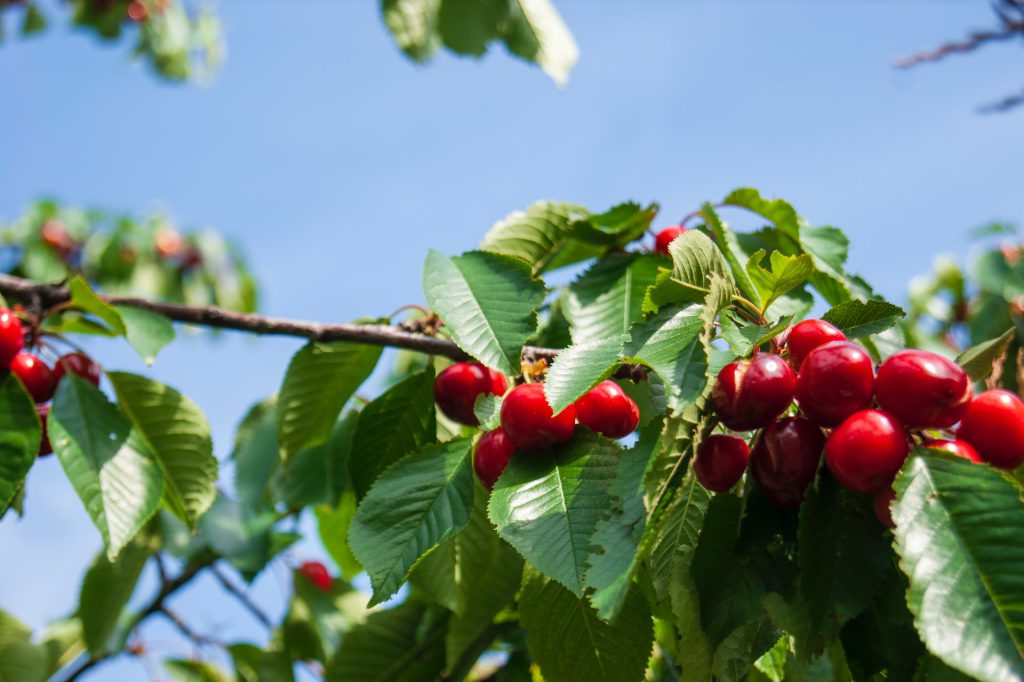The species of the genus Citrus belong to the family Rutaceae and the tribe Citreae. All members of the genus have a characteristic fruit, the esperidium, which is a type of yellow-colored rachis and the rind does not separate from the flesh. These species are the lemon, citron and grapefruit. Lemon is a cultivated hybrid derived from wild varieties such as citron and tangerine (mandarin). The lemon tree originated in central India, where the first lemon trees were cultivated.
The lemon tree can grow up to 6 meters tall but is usually shorter. Its branches have thorns and the leaves are green and shiny. The flowers are white on the outside and tend towards purple on the inside.
Figure 1. Lemon blossoms.
Picture 2. Lemon fruit.
Greek name: Λεμόνι, Λεμόνια (plural)
Scientific name: Citrus limon, family Rutaceae
Lemon tree varieties
In Greece, the main variety is Maglini, which has many similarities with the Italian variety Femminelo. The Greek variety is quite productive but susceptible to Mal secco. The fruit is medium sized with smooth and thin skin and ripens in early autumn. It is considered to be a good variety and is the basis of the country’s lemon production, accounting for 55% of the total production.
It is followed in terms of production volume by Karystini, a thornless variety with moderate resistance to crown rot. The fruit is of good quality, rich in juice with an acidic taste and the rind is rough and of medium thickness. It ripens from late autumn to early spring. It accounts for 20% of the total production of lemons in Greece.
Recently, Adamopoulou, which has similarities with the Libson variety, has also been popular. The Adamopoulou variety is very productive, resistant to Mal secco and is being promoted for the production of summer lemon. The fruit is medium to large in size, the skin is thick with a rough surface.
In Crete, the variety known is Kitrolemonia, with a large fruit, thick rind and little acidity. It is used mainly in confectionery. Also in Crete, we find the Zambetaki variety that is also cultivated in the Peloponnese.
A very good variety is Eureka, where the tree has no thorns and the fruit ripens throughout the year, especially in spring and summer.
Another variety whose fruit resembles that of Eureka is Libson, but it has thorns. Its fruit is rich in citric acid and has a long ripening period for the fruit.
In Cyprus, the variety Lapithos, which has similarities to Libson and is resistant to Mal secco, is of interest.
Finally, the Greek varieties include Mikrokarpi Chios or otherwise known as “Lemonaki of Chios”.
There are Italian varieties such as Femminelo, Monachello, Lunario and Interdonato.
There are Spanish varieties such as Verna and Fino.
Lemon substitutes
There are “substitutes” for lemon trees for times when we don’t have lemons and which can withstand even lower temperatures.
1. Mexican limes: Venetian lemons are greenish-yellow, with a distinctive aroma and produce in September, when there is a shortage of lemons. Suitable for growing in the garden but should be planted in a position protected from wind and cold.
2. Red lemons: the fruit is smooth, with a thin skin and turns red when ripe. They can withstand cold temperatures down to -6 degrees Celsius.
3. Limequat: these lemon trees are shrub-like, productive and their fruit is rich in juice. They ripen from January to March, can withstand temperatures as low as -6 degrees Celsius and are used a lot in the preparation of liqueurs.
At one time “Tahitian Lime” was also used but it is very susceptible to viruses and I would not recommend choosing it!
Lemon tree rootstocks
Volkameriana ( Citrus volkameriana)
This is a natural hybrid lemon tree, with great resistance to calcareous soils and moderate resistance to cold and salinity. It is tolerant to tristeza (caused by the CTV virus) and viruses but not to Mal secco. In Cyprus it is used as a rootstock for lemon and other citrus trees. It shows a strong tendency to develop greedy shoots that act competitively.
Benton
This hybrid shows tolerance to phytophthora and lemon tree has good match with it.
Sweet lime
The best rootstock for lemon, the trees produce a lot, are adapted to deep soils but the fruit is not always of good quality. It is sensitive to salts and cold.
Notes on lemon tree rootstocks
In areas where the lemon tree is susceptible to Mal secco, you can do the following:
a) use as a rootstock the sour ornage tree, as an intermediate inoculum the orange tree and then graft the lemon tree; and
b) Graft lemon on tangerine (mandarin) tree (variety Cleopatra).
In cold environments, the suitable rootstock is the three-leaved orange (Poncirus trifoliata).
Climate and soil suitable for lemon trees
The lemon tree requires a humid and warm climate with mild winters, where the temperature does not fall below 0 degrees Celsius. At -2 degrees Celsius the flowers, young shoots and fruit are damaged, while at -5 degrees Celsius the older shoots and fruit are damaged. At -10 degrees Celsius the trees die. The lemon tree is also affected by strong winds and it is therefore recommended that a windbreak be erected where possible.
It needs fertile but light soil that is well aerated.
Propagation of the lemon tree
The lemon tree is usually propagated by grafting onto suitable rootstocks and also by cuttings.
Suitable periods for grafting are March-April and September-October and the method is the upright or inverted T.
Lemon cuttings root easily, taken from well-developed shoots, their length is around 15 cm and have 3-4 good buds.
Planting the lemon tree
The suitable distance for planting lemon trees in a garden is 6-8 meters and the best time is spring, when the danger of frost has completely passed. First, dig a hole wide enough and deep enough to be up to one times as deep as the height. Add organic fertilizer if you wish and then fill the pit with soil until it reaches the height of the ground. The sapling once planted needs support and the trunk needs protection from the sun and rodents. It is usually surrounded by special white paper in the form of a cylinder.
Pruning of the lemon tree
The predominant shape on the lemon tree is the cup with 3-5 arms. After selecting the basic arms, prune lightly to get the tree quickly into fruiting. The lemon tree is pruned every 2 years. Some varieties such as Adamopoulou and Libson are pruned after harvest in January-February, while late varieties can be pruned with the fruit throughout the year. However, it is preferable to prune in spring-summer when late lemon production is reduced.
Don’t forget: in the pruning cuts, apply mastic or pruning ointment. We can also make our own ointment with a mixture of copper sulphate, iron sulphate and calcium sulphate or a mixture of liquid bitumen mixed with linseed oil.
Irrigation of the lemon tree
The lemon tree is a flat root tree, which means that its roots do not reach very deep and therefore irrigation should be carried out at regular intervals and with a quantity of water sufficient to cover a depth of 1 meter. Young trees should be watered 2-3 times a week, while older trees need less regular watering, every 8-10 days in summer and even less frequently in winter.
Growing lemon trees in pots
Lemon trees can thrive in a pot if you use dwarf varieties that grow up to 2 meters. Buy a pot with as large a diameter as possible, put in potting soil (almost half the height) and some fertilizer, place the sapling and fill in with soil up to the top, at the rim of the pot. For best results, drill a hole in the bottom of the pot for better drainage, but to keep soil from “running off”, permanently place a piece of cloth between the pot and the saucer (as in the orange tree).
We water the potted lemon tree often but it would be wise to water based on soil drainage and temperature. About fertilizing it needs every 15-20 days and the fertilizer should be rich in nitrogen and essential trace elements.
Fertilization of the lemon tree
Fertilization requirements vary from soil to soil and from season to season. In the past decade there was a tendency to use mixed fertilizers in combination with supplementary nitrogen fertilizer (ammonium sulfate, ammonium nitrate, urea, etc.) This was done on a repetitive basis, resulting in a deterioration in the quality of fruit not only of lemon trees but of all citrus fruits. When planting, each tree is given a 1-3-2 fertilizer in the amount of 100-250 grams, depending on the growth of the tree and the size of the hole.
Fertilization of the lemon tree during growth
In winter, 0.5-1 kg of granular fertiliser per tree, in a ratio of 1-1-2, is applied over the entire surface area of the tree’s crown.
On the surface, several small doses of water-soluble fertiliser in the ratio 4-1-2 with trace elements can be applied in a total amount of 1.5-2 kg per tree and per growing season, i.e. March-October.
Diseases of lemon trees
Mal secco (caused by Phoma tracheiphila)
Mal secco disease was also known in Greece as “Poros disease” because it had been observed on the island of Poros since 1900. It usually manifests itself by abrupt wilting and drying of the extreme shoots at the beginning and can also reach the large branches and arms of the tree. The leaves twist, dry out and remain on the dry branches for some time, depending on climatic conditions and the progress of the infestation. Affected lemon trees usually dry out completely in 1-2 years. It is a disease of the wood vessels and particularly affects lemon and citrus trees. As a rule, attacks by this disease occur in the winter months on leaves and branches.
The Mal secco which begins with attacks from the roots is known as Mal nero and is characterized by a dark discoloration of the wood in the part of the base of the trunk which progresses towards the branches.
Figure 3. Note the wood discoloration.
Figure 4. Lemon tree affected by Mal secco.
When a tree is infected by Mal secco, fertilizers such as ammonium nitrate and urea should be avoided and fertilizers such as calcium nitrate and monocalcium phosphate should be used.
Treatment: generally we can limit its spread by early pruning and removal of dry branches along with a section of healthy wood in late spring, early summer and autumn before the rains start. Dry branches must be burned. Trees that have died should also be uprooted and burned. After each pruning and during the risky period for infestations (from the end of October and at monthly intervals) or after hail or frost, it is recommended that 3-4 sprays of copper-based preparations are applied.
The following preparations may be used:
1. Bordo Mix 25 WG: dissolve 3-3.5g in 1 liter of water and spray the leaves in autumn. Apply 20 days before harvest, but not later,
2. P.B. Manica 20 WP: similar, dissolve 4 g in 1 litre of water, apply in autumn, 20 days before harvest and spray the leaves and
3. Nordigaleo pulp-Agroside Candelide 20 WP: similar to the above, in a quantity of 4 grams in 1 liter.
Anthracnose (caused by Colletotrichum gloeosporioides)
Anthracnose is a disease that occurs when we neglect our trees and the symptoms on the shoots and branches resemble those of Mal secco and eventually the whole trees may die back. This is the most serious form of the disease and is called “top drying”. When the drying is abrupt the leaves remain dead on the tree and dark necrotic spots, with a red margin, appear on the affected leaves. On the fruit, symptoms appear in the form of small circular, sunken, dry, dark-colored spots, on which the fungus forms fruiting bodies (small black spots).
Figure 5. Anthracnose on a young shoot.
Treatment: suitable is Coupradin 52 SC: 1.8-2 g/liter, with the first autumn rains on the foliage, around 20 days before harvest. This fungicide also works for Mal secco, exactly the same instructions as for anthracnose.
Phytophthora or Downy of fruits
Attacks lemon tree fruit in years when the fall and winter are very rainy.
Figure 6. Downy on lemon fruit (fruit rot).
Treatment: sprays with copper or paraffinic and vegetable oils or field horsetail extract are recommended. In the case of fruit rot caused by phytophthora, it is advisable to keep the soil surface covered with controlled weeds and also spray with potassium phosphate. The pathogens of green and blue fruit rot are significantly controlled by using essential oils from citrus fruits.
Pests of lemon trees
Citrus mealybug
Also known as “Vamvakila” because of the white wax it leaves on the fruit, leaves and branches. It attacks all plant parts and covers them with these cotton-like waxy filaments. The fruits are significantly damaged by the various exudates of the insect and the abundant melitoid substance it secretes. It weakens the plants by sucking out the sap and also causes the development of holly-sooty mold (caused by Fumago vagans) in its melitic secretions.
Figure 7. Citrus mealybug.
Figure 8. Citrus mealybug in a green lemon.
Ants are attracted to the Citrus mealybug and subsequently protect it, so if you see a lot of ants gathered around.
Treatment: a key element in the fight against Citrus mealybug is pruning to thin the foliage. Also, pheromone traps are effective in helping to determine the population of Citrus mealybugs and therefore help to control it early. Use paraffinic oil but irrigation should be applied before each spray and should not be used in temperatures above 30 degrees Celsius. Paraffinic oil combined with organophosphate insecticides gives better results, whereas it is not combined with carbamate insecticides.
As far as biological control is concerned, it is recommended that the parasitoid Leptomastix dactylopii and the predator Cryptolaemus montrouzieri should be depopulated in order to significantly reduce the population of the Citrus mealybug.
Citrus leafminer
Tender vegetation, mainly the leaves, but also young shoots and green fruits are affected by leafminer. The leaves become bumpy, discolored and their surface is covered with tunnels. On one leaf we can see more than one larvae feeding. The damage can be particularly severe on young saplings and tender scions, as the germination is destroyed. Infestation appears to be most severe in summer and autumn. Trees of productive age seem to tolerate large infestations on their leaves without consequence.
Figure 9. Adult individual of Citrus leafminer.
Figure 10. Affected leaf from leafminer. The tunnels it has created can be seen.
Figure 11. Orange damaged by Citrus leafminer.
Treatment: chemical control is carried out in early summer when new growth starts to appear. By root irrigation, on new unproductive trees: 1 g/plant. To spray the leaves: 0.2-0.25 grams/liter of water. For biological control, Bacillus thuringiensis is recommended.
Weeds
They need to be taken care around the lemon tree, either in the garden or in the pot. On trees that you have just planted, cover the soil with black plastic foils to block the sun rays and fight weeds.
Medicinal and culinary use of lemon
At the beginning of the last century, the lemon tree was considered a tree of nobility in Crete, Greece and was planted in gardens and courtyards of stately homes.
Lemon juice was used in folk medicine for various ailments, as it is still used today.
Lemon juice mixed with raw coffee is still used today to treat diarrhoea.
Lemonade boiled with sugar helps digestion and gives well-being.
Also, lemonade is drunk fasting by those who suffer from dizziness.
Lemon juice along with salt is used for gargling in sore throat.
The rind of the fruit with a little salt cleans the teeth and protects the gums.
Lemon blossoms with sour orange blossoms give the flower water, which with a little sugar is drunk as a remedy against insomnia.
Lemon fruit: digestive, antiseptic.
Lemon rind: heart tonic, antidote to drunkenness and increases appetite.
Due to its high vitamin C content, it is indicated for fighting scurvy and colds.
Finally, lemon blossoms are also used in wedding ceremonies as a symbol of purity.
In modern scientific writings there are important references to the role of the lemon tree in human health because the leaves, the fruit and the inside of the fruit contain important components (essential oils, flavonoids) which are regulators of various diseases.
Agronomist Sophia Papazoglou
Agronomist MSc “Environmental Management”
Photo by Angelina Mei on Unsplash
Tags: ANTHRACNOSE • DISEASES • DOWNY MILDEW • ENEMIES • LEAFMINER • LEMON TREE • MAL SECCO • PHYTOPHTHORA • SOFIA PAPAZOGLOU AGRONOMIST

